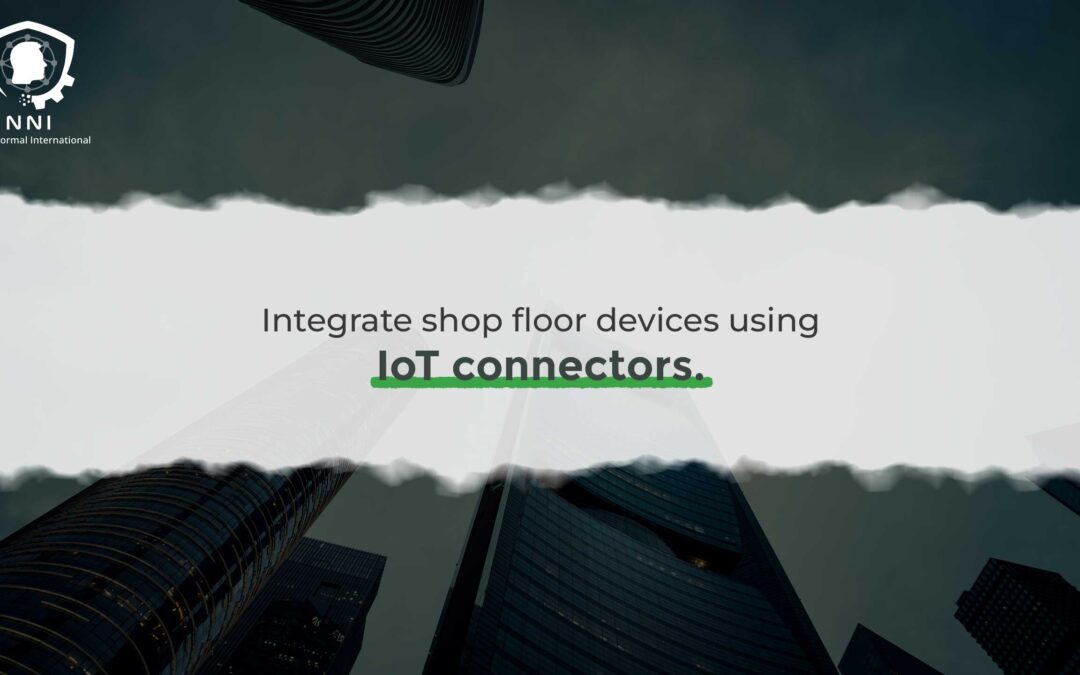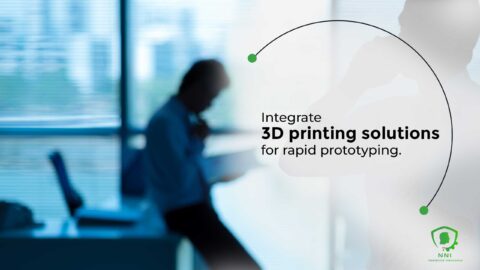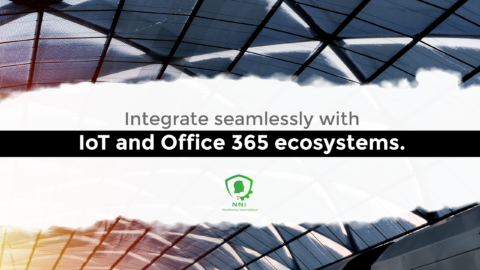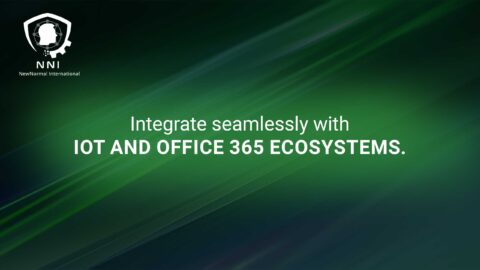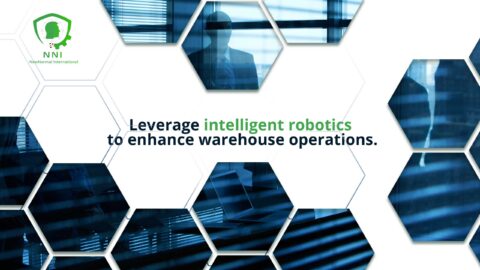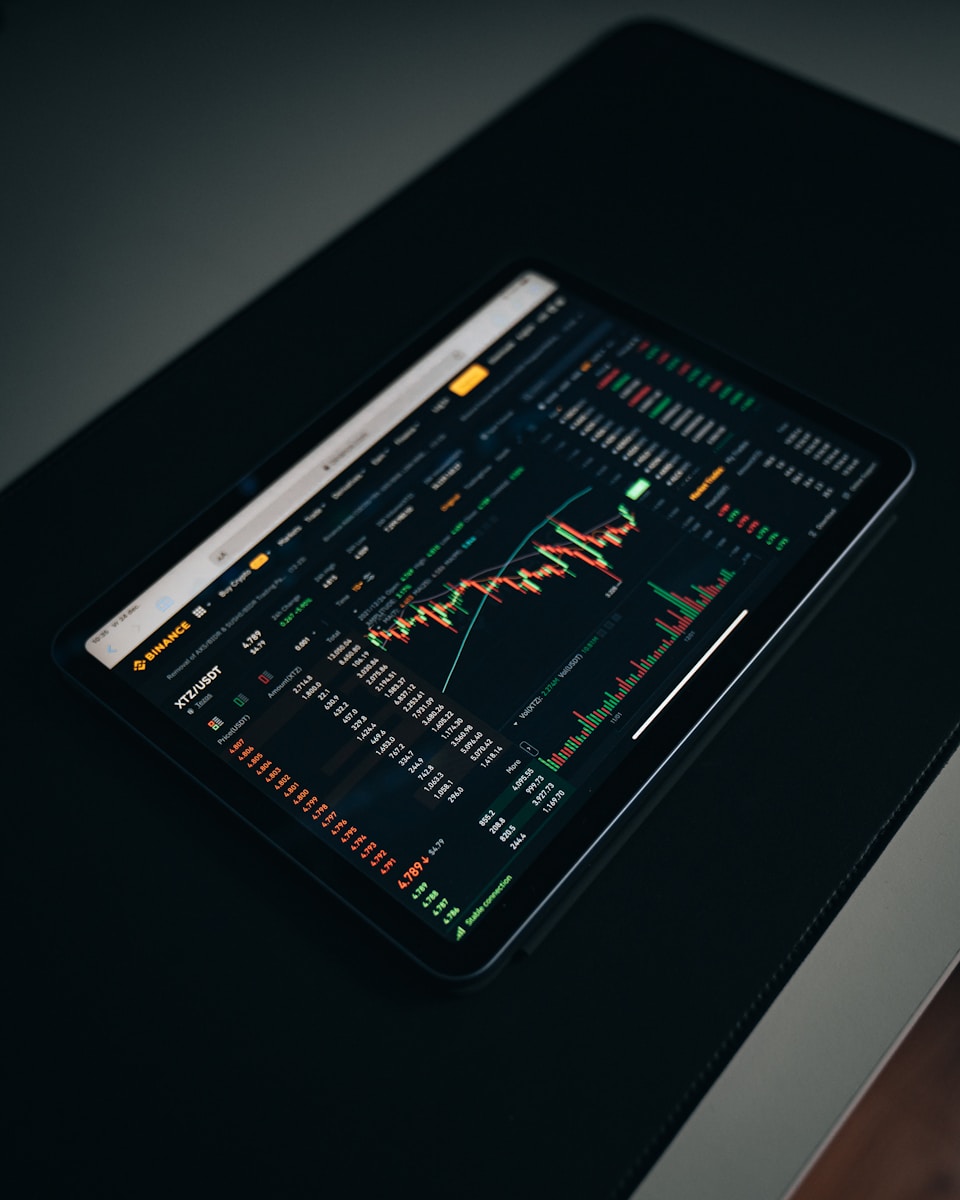Revolutionizing Industrial Operations with IoT Technology
The Evolution of Shop Floor Management
Integrating shop floor devices using IoT connectors marks a significant leap in industrial operations. This integration is not just a technological upgrade but a strategic necessity for businesses aiming to stay competitive in the rapidly evolving digital era.
Understanding the IoT (Internet of Things) Integration
In the dynamic and competitive world of manufacturing, the Internet of Things (IoT) has emerged as a transformative force, revolutionizing shop floor operations by enabling seamless connectivity between devices, machines, and management systems. This pervasive connectivity ushers in a new era of data-driven manufacturing, empowering businesses to harness the power of real-time insights to optimize production processes, enhance product quality, and achieve unparalleled operational efficiency.
At the heart of IoT’s transformative power lies its ability to connect a vast network of sensors, actuators, and other devices embedded within the shop floor, creating a digital ecosystem that captures and transmits real-time data. This real-time data stream provides businesses with a comprehensive and dynamic view of their manufacturing operations, enabling them to:
1. Real-time Data Monitoring: IoT platforms provide a centralized repository for real-time data from sensors embedded in machines, equipment, and products. This real-time visibility empowers businesses to monitor production parameters, identify anomalies, and track performance KPIs, ensuring that operations are running smoothly and efficiently.
2. Predictive Maintenance: IoT-enabled predictive maintenance goes beyond traditional reactive maintenance approaches, leveraging real-time data and advanced analytics to predict potential equipment failures before they occur. This proactive approach minimizes downtime, reduces maintenance costs, and extends equipment lifespan.
3. Improved Operational Efficiency: IoT-driven insights enable businesses to optimize production processes, identify bottlenecks, and streamline workflows. This optimization leads to reduced production time, increased output, and enhanced overall operational efficiency.
4. Quality Control and Defect Prevention: IoT-enabled quality control systems continuously monitor production parameters and product attributes, detecting defects and potential quality issues in real time. This early detection enables timely corrective actions, minimizing the production of defective products and safeguarding product quality.
5. Supply Chain Optimization: IoT connectivity extends beyond the shop floor, enabling businesses to track the movement of goods and materials throughout the supply chain. This real-time visibility optimizes inventory management, reduces lead times, and enhances supply chain agility.
6. Data-Driven Decision-Making: IoT-generated data provides a wealth of insights that inform strategic decision-making across the organization. Businesses can analyze historical trends, identify patterns, and predict future demand, enabling them to make proactive decisions that optimize resource allocation, product development, and market strategies.
In essence, IoT in manufacturing is not merely a technological upgrade; it is a strategic transformation that empowers businesses to embrace data-driven manufacturing, achieve operational excellence, and gain a competitive edge in the ever-evolving manufacturing landscape. By harnessing the power of IoT, businesses can unlock new levels of efficiency, quality, and innovation, paving the way for a future of sustainable and profitable manufacturing.
The Business Impact of IoT on Shop Floor Operations
For business executives, mid-level managers, and entrepreneurs, IoT integration in shop floor operations means increased productivity, reduced downtime, and more informed decision-making.
Real-World Applications and Success Stories
Businesses worldwide have seen tangible benefits from IoT integrations, such as reduced operational costs, enhanced product quality, and increased worker safety.
Change Management for IoT Integration
Implementing IoT technology on the shop floor requires effective change management. It involves addressing the technological and cultural shifts within the organization, ensuring that all stakeholders are on board and adequately trained.
Overcoming Challenges in IoT Adoption
While IoT presents enormous potential, its integration comes with challenges like ensuring data security and overcoming infrastructure limitations. Solutions include robust cybersecurity measures and phased implementation strategies.
The Role of Generative AI in Enhancing IoT
Generative Artificial Intelligence (AI) can play a pivotal role in analyzing the vast amount of data generated by IoT devices. This analysis can lead to insights for optimizing operations and predicting future trends.
Leveraging AI for Predictive Maintenance and Efficiency
AI algorithms can predict equipment failures before they occur, minimizing downtime and maintenance costs. This predictive capability is crucial for ensuring continuous, efficient operations.
Conclusion Integrating Shop Floor Devices using IoT Connectors
In conclusion, integrating shop floor devices using IoT connectors is a transformative move for modern industries. This integration, backed by generative AI and effective change management, can lead to unparalleled efficiency and innovation in manufacturing processes.
#IoTIntegration, #IndustrialInnovation, #ShopFloorTechnology, #AIandIoT, #SmartManufacturing


